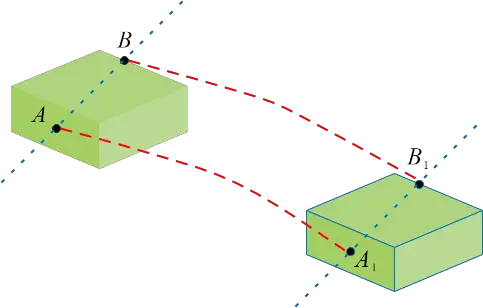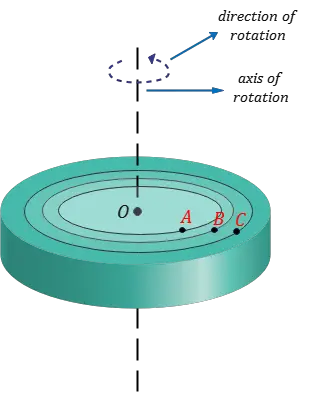We all know about the concept of rest and motion in physics. We also know that in physics, the scope of the study is wide. It ranges from the study of tiny subatomic particles to the study of planets, galaxies, and much more.
Now all bodies around us are it stars, planets or tiny atomic particles, or their constituents, are in a state of continuous motion. Although their motion can be quite complex when we try to study it.
We found the simplest form of motion around us to be the displacement of various objects or bodies with respect to one another. We call this type of motion mechanical motion.
We define mechanical motion as any change in the position of one body in relation to another.
Mechanical Motion Definition
The operation of most mechanisms, machines, and transportation is based on mechanical motion. Mechanical Motion is also a component of more complex, nonmechanical processes. Heat phenomena, light radiation, and nuclear reactions are examples of such complex motions. Motion is a fundamental part of the physical world and is present in objects large and small.
Types of Mechanical Motion
There are two fundamental types of motion in the world of mechanics.
Translational motion:
- All points of the moving body travel in identical manner
- If a body is having translational motion then a straight line connecting any two points is displaced parallel to itself. This is shown below in the figure.

- From this, we can clearly see that when a body is in translational motion its motion can sufficiently be described by the motion of one of its points.
Rotational Motion:
- Rotational motion is a type of motion in which all the points of the body describe circles lying in parallel planes.
- The center of all the circles lies on the rotational axis which is a single straight line about which the body rotates.
- This can be shown in the figure given below where a disk rotates around the axis of rotation passing through point $O$.
- The figure also shows circles lying on the parallel plane which depicts the motion of points $A$, $B$, and $C$ respectively.

Concept of Point Object or Mass Point
- While solving many problems in mechanics it is convenient to disregard the size of the body. Instead, consider it as if it is a point object or simply a mass point.
- A mass point or particle is an idealization of a body in which the size of the body is neglected.
- This simplification can be useful when solving problems where the size and shape of the body are not important for solving the problem.
- It is important to note here that this concept of point object or mass point is abstract in nature.
- We assume the body we analyze for its motion to be a point object for convenience. In reality the body exists.
When should an object is considered a point object?
Let us now look at when to consider an object a point object and when to take into consideration its shape and size
- In some situations, we can treat an object as a point mass or particle without considering its size and shape.
- For example, to calculate the time it takes for an airplane to fly from New Delhi to Mumbai, we don’t need to consider the motion of its different parts.
- However, for other phenomena like take-off and landing, we need to consider the airplane’s size and shape.
- Similarly, we can treat planets like particles when studying their orbital motion around the sun.
- But for other phenomena like day and night or seasons, we need to consider factors like the planet’s size and rotation.
- So whether we can treat an object as a point mass depends on the problem we have at hand.

